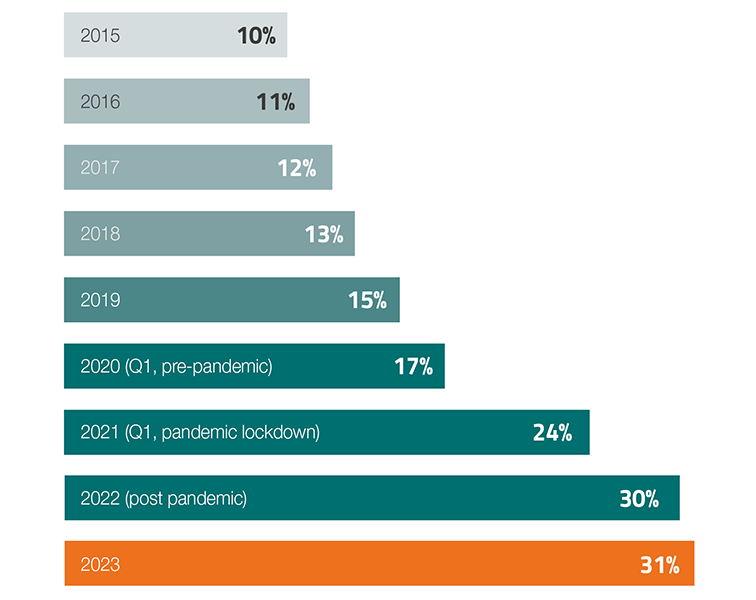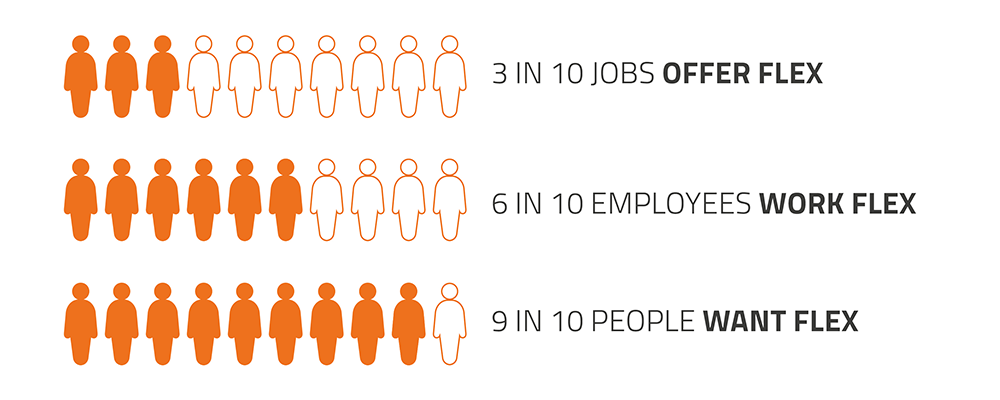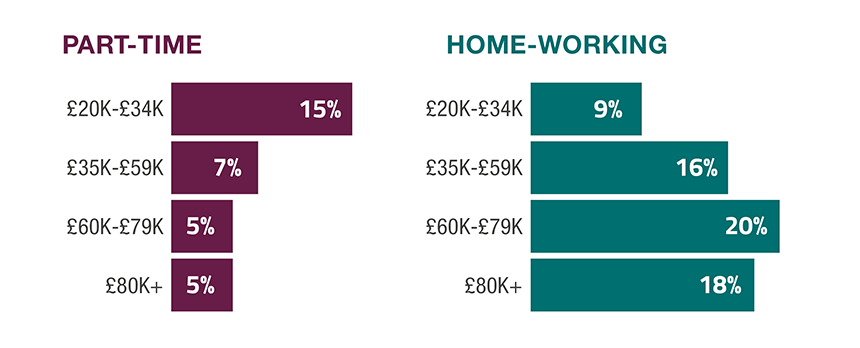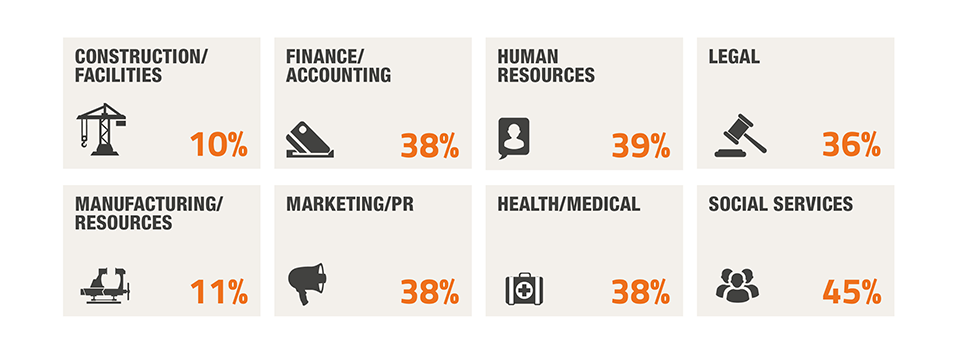

Our annual index tracks progress in the flexible jobs market.
This year, we report that progress is stalling. Is this the end of the gains made during the pandemic years?
Our 9th annual Flexible Jobs Index© reports negligible change on the previous year’s level of job adverts offering flexible working. Only 31% do so, signifying an end to the progress that was made during and since the pandemic, when hybrid working became the norm for many UK jobs.
The stagnation is surprising in the light of the Employment Relations (Flexible Working) Act 2023, with its accompanying regulation giving people the right to request flexible working from day one in a new job. It suggests that many employers remain resistant to flexibility for new recruits, and are not preparing for the change that is coming when the new law is implemented next year.
To be fair to employers, complex workplace transformation takes time. And the pressure to adapt to flex coincides with huge challenges in terms of pay rises to cover the increased cost of living, whilst grappling with an economic downturn. However, it has never been more important to look beyond the barriers and consider the evidence that flexible working is a powerful talent attraction tool. Candidates increasingly want and expect to be able to work flexibly, and with new legislation on the way that is not about to change.

The proportion of job adverts which offer flexible working appears to be stalling. The 2023 rate of 31% represents barely any increase on 30% in 2022, and follows three years of a marked upward trend during and since the pandemic, as many organisations embraced hybrid-working.

The supply of flexible vacancies lags far behind demand. 6 in 10 employees can access the benefits of flexibility in their current job, and many more people want to work flexibly. Yet only 3 in 10 jobs are advertised with flexible working – or, to look at it another way, people who need flexibility are unable to apply for 7 in 10 jobs.

The higher the salary, the lower the availability of part-time jobs. Conversely, home-working (including hybrid working) is least available in lower paid jobs and peaks for jobs paid £60k-£79k.
These imbalances create unfairness in the workplace. The lack of part-time jobs at higher salaries traps many people in their low-paid part-time roles. It also creates barriers for those who take a temporary break from work and need a part-time role to re-enter the workforce. Meanwhile, hybrid arrangements, which make up the majority of home-working jobs, are primarily associated with higher-paid office roles and are inaccessible to many.
Greater parity can be achieved, if employers look more closely at what flexibility is possible in a role and design it into jobs.

Access to flexible working at the point of hire varies widely depending on the type of role. Those that are largely based around shifts offer flex the most – for example social services (45% of job adverts) and medical/health (38%). Above average access to flex is also offered in a number of office-based role categories, because of increased home-working – for example, HR (39%), marketing (38%), and finance (38%).
But some role categories have stubbornly low rates of flex, such as manufacturing (11%), and construction (10%). This may be gender based – they are male dominated roles where historically low requests for flexibility may have shaped cultural resistance to it.
CIPD research published in May 2023 found that 49% of employers were not even aware of the 2023 legislation on flexible working, and the regulation around the day-one right to request it. So first, employers need to read up on the new legislation and think through how they will incorporate it into their processes.
The best way to gain knowledge and confidence on how to make flexibility work in your organisation is to find successful examples in your sector. Guidance on flexible job design will be helpful, as will advice on how to support line managers to implement flex.
Look particularly at how to make a success of hybrid working, which is currently the subject of much doubt amongst employers. Before you row back on hybrid, or decide not to trial it, invest time in understanding models that are successful.
And finally, it’s a mistake to assume that candidates will know they can ask for flexible working at interview. People who need flex want to know it’s on offer before they waste time on an application. This is especially true if they have been out of the labour market for a while, as they may lack the confidence to ask. So be sure to state clearly in your job adverts which types of flexibility are possible for the role.
Watch the Timewise Flexible Jobs Index© 2023 webinar below: